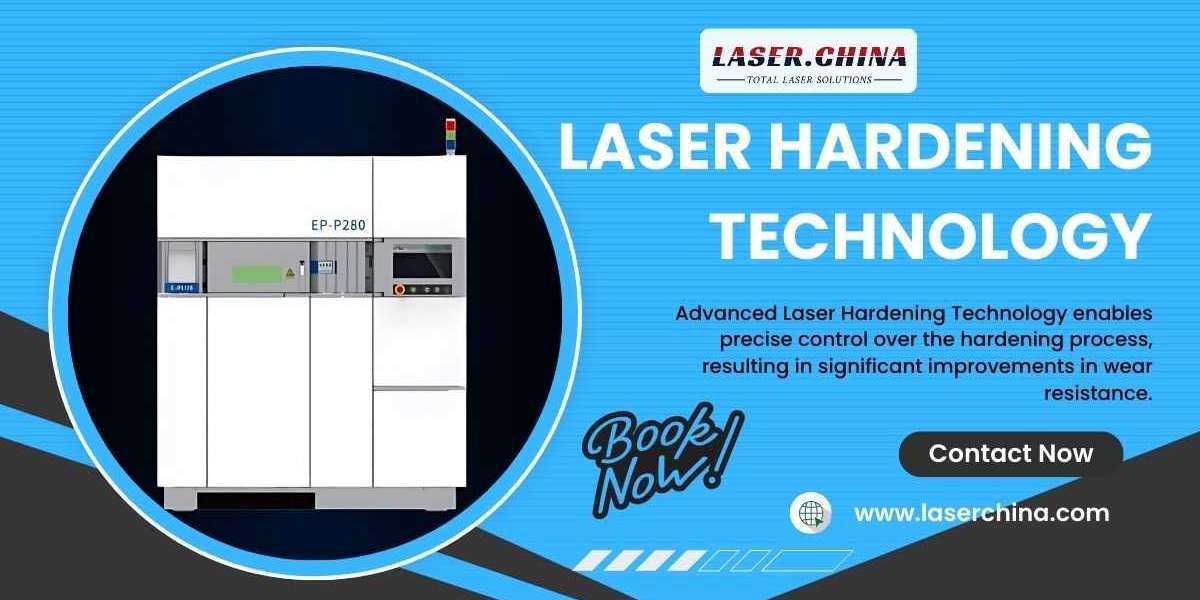Laser cutting and welding machines have become a transformative tool in modern manufacturing, offering a combination of precision, speed, and versatility that enhances productivity and quality. These machines utilize high-powered laser beams to both cut through and weld various materials, often in a single process, which optimizes production and minimizes errors. Below, we explore the key features of laser cutting and welding machines, along with the advantages they offer to industries.
Key Features of Laser Cutting and Welding Machines
Dual Functionality:
One of the primary features of these machines is their ability to perform both cutting and welding tasks. This dual functionality streamlines production lines by eliminating the need for separate machines or setups for different tasks. It is particularly useful in industries that require precise component fabrication, such as automotive, aerospace, and electronics.High-Precision Laser Beam:
These machines are equipped with high-intensity laser beams that offer superior control and accuracy. The laser beam is capable of cutting or welding with an incredibly narrow heat-affected zone (HAZ), reducing material distortion and ensuring cleaner results. The precision level makes it ideal for delicate or intricate work, such as microelectronics or medical devices, where dimensional accuracy is paramount.Advanced Software Integration:
Laser cutting and welding machines are often integrated with computer-aided design (CAD) and computer-aided manufacturing (CAM) systems, enabling automated, repeatable, and highly accurate operations. This digital control allows for complex cuts or welds to be executed quickly and with minimal human intervention. The machine can follow intricate designs to a fine degree, ensuring consistency across large production batches.Wide Material Compatibility:
These machines are versatile in handling various types of materials, including metals like stainless steel, aluminum, titanium, and even non-metals like plastics and ceramics. They can also work on dissimilar materials, which is often a challenge for traditional welding methods. This makes the laser cutting and welding machine a highly adaptable tool for various industries.Non-Contact Processing:
One of the defining features of laser technology is that it’s a non-contact process. Unlike mechanical cutting or welding methods that require physical contact with the material, laser processing minimizes wear and tear on the machine. This also reduces the chances of contamination and ensures cleaner welds and cuts, especially in sterile environments like medical or food packaging industries.
Advantages of Laser Cutting and Welding Machines
Enhanced Speed and Efficiency:
Laser machines operate at significantly faster speeds than traditional welding and cutting methods. The laser’s ability to rapidly heat and melt materials leads to quicker production cycles, and the dual functionality means that components can be cut and welded in a seamless operation. This reduces downtime between processes and increases throughput.Improved Quality and Precision:
The precision of laser cutting and welding machines is unmatched by conventional methods. The fine laser beam can execute detailed cuts and strong welds with minimal waste and heat distortion. This precision is particularly beneficial in industries that require tight tolerances, such as aerospace or automotive, where even slight deviations can result in performance issues.Reduced Material Waste:
Traditional cutting and welding methods often lead to material waste due to inaccuracies, excessive heat, or mechanical damage. Laser cutting, with its fine focus and precise path, reduces material wastage. Additionally, the minimal heat-affected zone ensures that the surrounding material remains intact and undamaged. For manufacturers, this translates to lower costs in raw materials and increased efficiency.Lower Maintenance and Operational Costs:
Laser cutting and welding machines require less maintenance than traditional equipment, largely due to their non-contact nature. With no moving parts directly involved in the cutting or welding process, there is less wear and tear, resulting in longer machine life and reduced downtime for repairs. Additionally, laser machines consume fewer consumables like electrodes or filler materials, further lowering operational costs.Automation and Scalability:
The integration of advanced software systems with laser machines means they are highly automatable. Manufacturers can scale production more easily by programming the machine to handle large batches without human intervention. Automation also reduces human error, leading to higher consistency and quality in the final products.Versatile Applications:
These machines find applications across numerous industries. In the automotive sector, they are used to create strong, precise welds for car bodies and engine parts. In aerospace, laser technology allows for lightweight, high-strength components. Medical device manufacturing benefits from the ability to create sterile, precise instruments, while the electronics industry uses lasers to work with tiny, intricate components without damaging sensitive parts.
Visit our website: https://www.laserchina.com/
Conclusion
Laser cutting and welding machines offer a range of key features and advantages that significantly improve manufacturing processes. Their ability to perform both tasks with high precision, speed, and efficiency makes them invaluable in a wide array of industries. From reducing material waste and operational costs to improving product quality and scaling production, these machines play a pivotal role in modern, high-tech manufacturing environments. As laser technology continues to advance, its role in industrial applications will only expand, driving further innovations in production techniques and product development.








